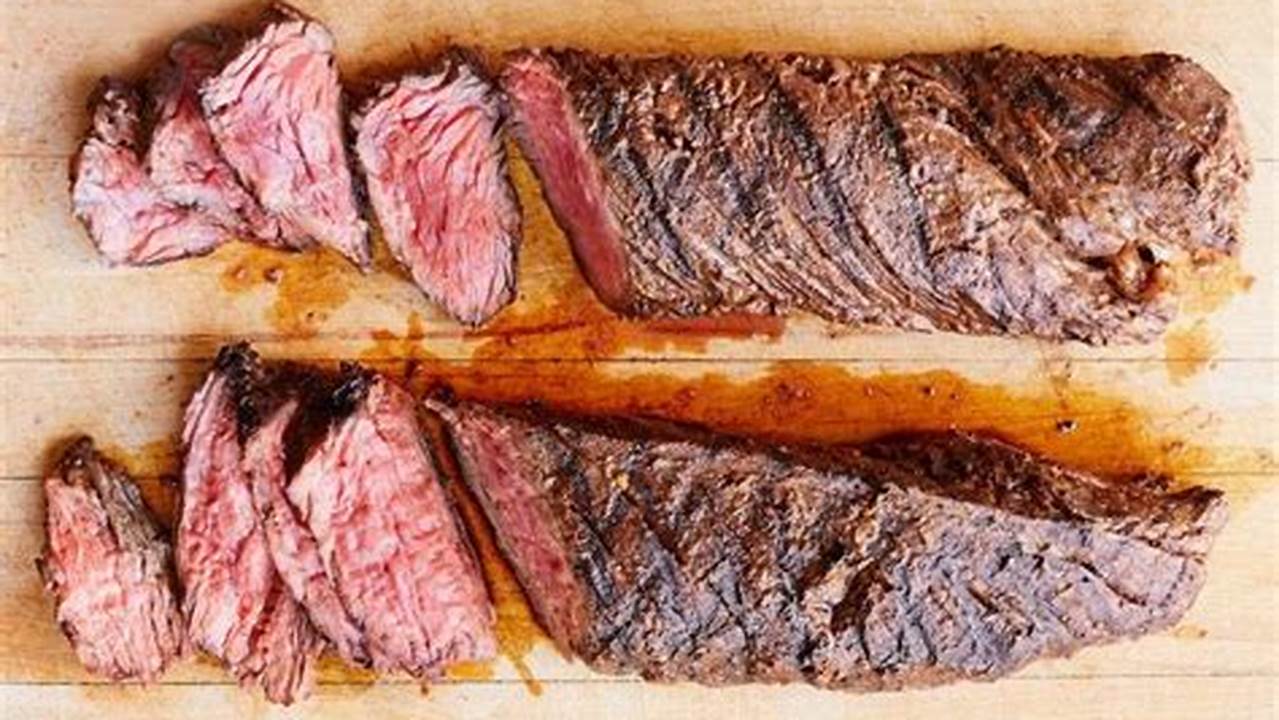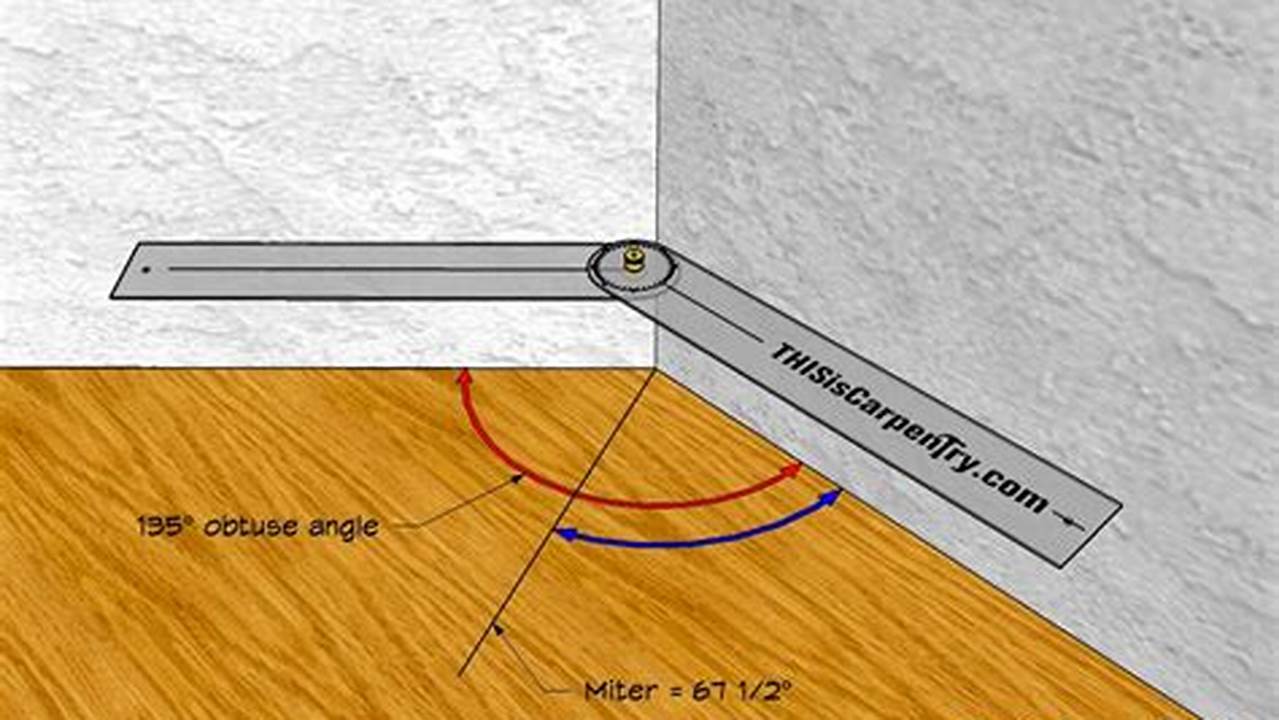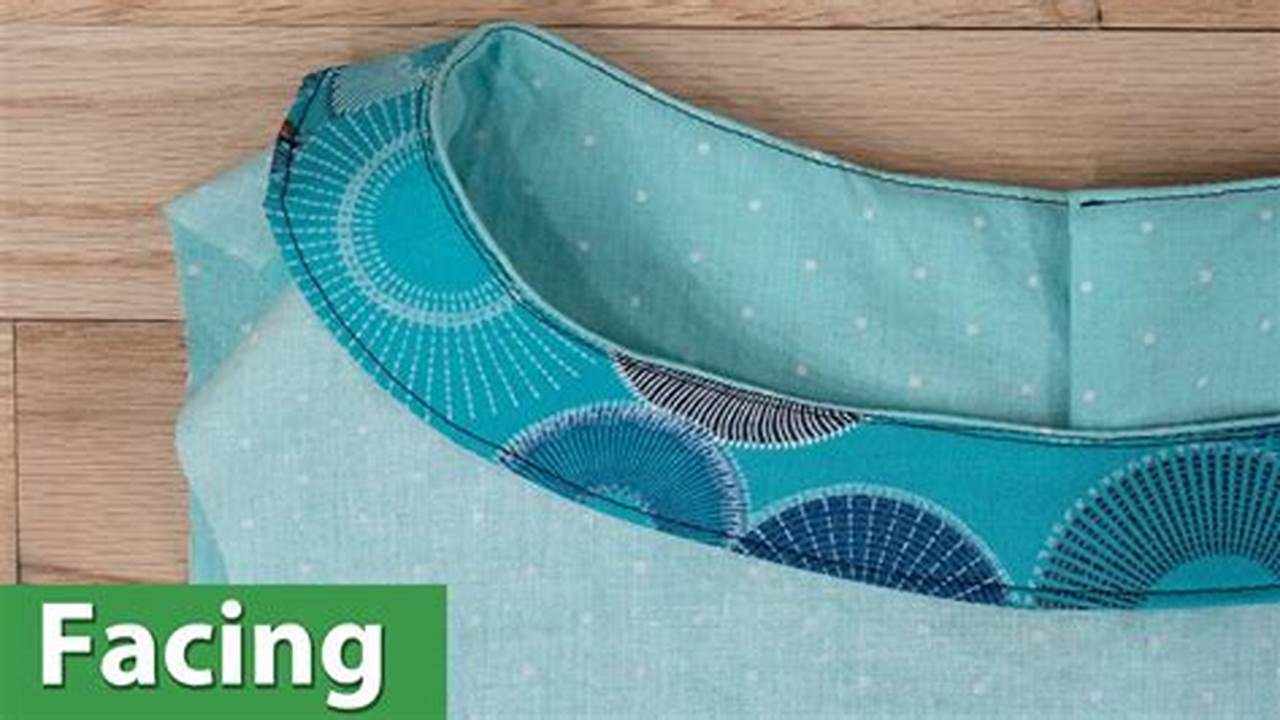
Trimming side bangs involves shaping and cutting the hair that frames the sides of the face. It’s a crucial technique for maintaining a polished and flattering hairstyle. Properly trimmed side bangs can enhance facial features, balance proportions, and add style to any look.
The importance of side bang trimming extends beyond aesthetics. Regular trims remove split ends, preventing breakage and promoting healthy hair growth. Trimming also allows for customization, enabling individuals to adjust the length, angle, and thickness of their side bangs to suit their personal preferences and face shape.




